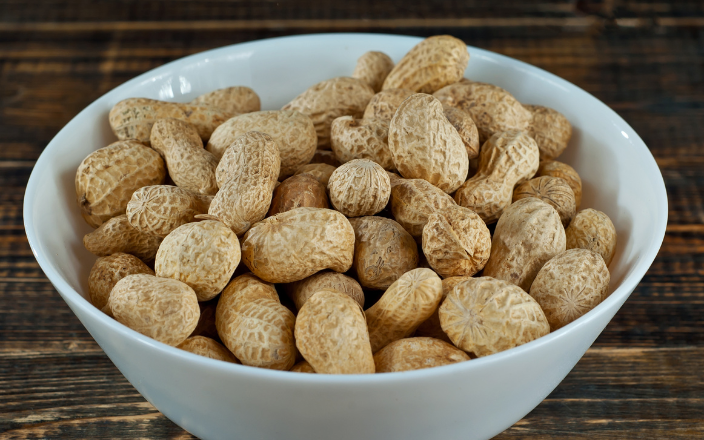In the heart of North Carolina, Ondulla Toomer, a chemist at the Agricultural Research Service in Raleigh, posed a fascinating question: What should we do with the millions of discarded peanut skins generated during the process of turning peanuts into human or animal food? These seemingly insignificant skins, often relegated to landfills, hold untapped nutritional potential.
The hidden nutritional treasure
Despite their thinness, peanut skins are rich in essential nutrients. Let’s delve into their nutritional profile:
- Protein: Contain protein, which is crucial for growth, repair, and overall health.
- Carbohydrates: These skins provide energy through carbohydrates.
- Fats: While not abundant, the fats in it contribute to their caloric content.
- Fiber: Fiber aids digestion and promotes gut health.
- Minerals and Vitamins: Harbor essential minerals and vitamins necessary for various bodily functions.
But that’s not all. Peanut skins also contain bioactive compounds, including antioxidants. These antioxidants help neutralize harmful free radicals in our bodies. Surprisingly, the antioxidant activity in peanut skins rivals that of green tea and grape skins.
A nutritional boost for livestock
In the realm of livestock nutrition, researchers are exploring the benefits of incorporating peanut skins into poultry diets. However, there’s a catch: peanut skins contain tannins, which can hinder protein digestion. To address this, scientists are evaluating low inclusion levels (around 4%) to determine the optimal amount that can be safely added to animal feed.
Considering the growing awareness of peanut allergies, researchers have also investigated whether proteins from peanut skins transfer to eggs and meat produced by poultry fed with peanut-containing diets. So far, no detectable allergenic proteins have been found, providing reassurance for consumers.
Colors and functional foods
Beyond livestock feed, researchers are comparing bioactive compound concentrations in peanut skins of different colors—ranging from red and tan to brown, white, black, and variegated. Each hue may offer unique health benefits. By profiling the nutritional chemistry and properties of these skins, scientists aim to unlock their full potential.
A win-win scenario
Ondulla Toomer’s work aligns with the broader mission of the U.S. Department of Agriculture: enhancing productivity, processing, end-user quality, and nutritional value not only for peanuts but also for other crops. By transforming peanut skins from waste to valuable resources, we create a win-win scenario—for producers, consumers, and the environment.
In conclusion, the thin skin of the peanut hides more than meets the eye. It is a source of nutritional energy waiting to be explored, benefiting both chickens and us.
Sources: Available upon request

